The principles of creative strategy, by Michel Saloff-Coste
 Michel Saloff-Coste is an international integral and global futurist, researcher, business advisor and entrepreneur working with individuals, corporations and governments to foster “fast insights into alternative futures”. In 2013 he became International Development Associate at Copenhagen Institute for Futures Studies and in September 2014 Executive Director at Future Innovation Institute on Innovative ecosystems at Lille Catholic University.
Michel Saloff-Coste is an international integral and global futurist, researcher, business advisor and entrepreneur working with individuals, corporations and governments to foster “fast insights into alternative futures”. In 2013 he became International Development Associate at Copenhagen Institute for Futures Studies and in September 2014 Executive Director at Future Innovation Institute on Innovative ecosystems at Lille Catholic University.
Michel explains: “Inspiration, aspiration, and expression are the pillars of creative strategy, which combines big picture, DNA focus, and wahouhh execution. Your enterprise increases its value by the connections it develops, switching from a convergent world to divergent dynamics, in a logic of creative strategy.” Therefore, I asked him: What are the principles of creative strategy ?
Michel Saloff-Coste: We have two objectives here: to give the keys necessary to run a diagnostic of a company, using concepts developed in the evolution grid, and to give “mutant” companies some lines of support with creative strategy, since these are companies that will not be content to “suffering” history, but which will themselves be the true laboratories of the future.
A holistic approach to evolution of the world
We will start from the principle that each of the ages, each of the eras, that humanity has gone through constitutes a structural whole, a system of coherence, and makes reference to a system of belief. It is in relation to each of these respective “systems” that one will be able to run a diagnostic on the position of each individual and entity.
The four levels of civilization have more or less been assimilated, depending on the country, company or individual. Some have stayed at one step, while others integrate two, three of four steps. By summarizing the key concepts that preside over each stratum of development, the characteristics associated to the four phases of development of civilizations can be pinpointed in an individual, a company, or a country.
This diagnostic detects the blockages in each stratum that prevent any individual, company or entity from moving into the creation and communication age.
Each time, new functionalities or functions are added to the previous ones, and each of the steps of development corresponds more particularly to certain types of activity.
In a general manner, an increasing capacity for abstraction can be observed, i.e. for creation of concepts that are further and further from simple sensory perceptions entailing sight; hearing, smell and taste.
The hunting and gathering age is the age of a relationship that blends with nature. The cultivation and rearing age is the age of the hierarchical naming of each object. The industry and trade age is one of the uniformizing theorization of reality. The creation and communication age is the age of discovery of the radical otherness of what we are becoming. It is this alterity and the consciousness of our differences that undoubtedly constitutes one of most destabilizing factors of our society. How to live and develop relationships with other people, while at the same time accepting their differences and the idea that they are unique. This is of course one of the major problems in horizontal companies that do not have any managerial structure: making “unique” people work together in a harmonious manner.
The evolution of positioning humans, and their points of reference
The first step is essentially perceptual, with however a development of the senses that we later on have a tendency to lose. This sensory hyper-development creates a blended relationship with the world and others.
The second step is the one where we gave names to each object, with the invention of writing, which made it possible to codify and assign a name. The universe, stars, minerals, plants, animals and people were distinguished and put into hierarchical order in vast analogous systems, which legitimized the specific order of the large cultivation and rearing type empires.
Therefore, during this period, astrology, acupuncture, alchemy and religions developed, based on similar principles of hierarchy. This similar organization into hierarchies gave rise to the belief in a principle of transcendence, which explains this organization: hence the switch from animism, then to pantheism, and finally to monotheism.
The third step is that which entails theories. Human beings left the magic universe of analogy to invent theories reporting phenomena.
This does not simply consist of naming and putting things in order, but rather of finding, above and beyond this apparent order, “laws” that preside over sequencing.
We search out these “laws”, using the development of “exact sciences”, which establish themselves as a breakaway from the analogic knowledge of the cultivation and rearing era. The civilization of industry and trade was built from a critical position regarding any form of a priori organization into a hierarchy.
Reality was no longer perceived as a product that arises through transcendence, but instead became the emanation of an immanence: chance and necessity. The king who found his legitimacy in God was replaced by a president elected by all citizens. The right of hierarchy made way for a demand for the right to equality.
The fourth step is the age of meta-theory. Human beings feel for their cognitive capacities and try to understand the process of knowledge as such. In this approach, humans discover the principle of otherness.
Above and beyond homogenization: from “everything is equal” in the “exact sciences”, post-modern thinking discovers the indissociable nature of the observed and the observer (interiority-exteriority, optimizing orientation, egocentric, or customer orientation, extraverted).
All “reality” is lived as being contingent, with the “reality of reality” becoming relative to an inter-subjective code and feeding back the a priori of observers.
In this way, the world is fractalizing with the basic principle of semantics – the map is no longer the territory – yet we only have maps as territory. It is through our own system of representation, which we know to be contingent – and which depends both on our system of values, our paradigm and the context – that we will make decisions that will give meaning to our action. An efficient team will be a team that knows how to access, as quickly as possible, and in an unknown territory, other territories with the “right” map, where “right” is still relative and contingent. The GaultMillau map is not necessarily suitable for discovering the wonders of romanesque art in French Catalonia, for example.
Waves, corpuscle, energy and information: reality is represented in different types of cartographies and models, which draw their legitimacy from their relative operationality, and no longer from any claim on truth.
Bachelard analyzes this epistemological break by pointing out that science is now going from “why?”, where experience precedes theory, to “why not?“, where theory precedes experience. At corporate level, apart from renouncing, sometimes, the totalitarism of scientific management, the question of “what” – an eminently strategic question – is going to be asked before trying to find out, which is a more operational question, “how” one can do this “what”. This calling into question will furthermore justify or be made concrete by a certain number of approaches of new “methods”, including that of reengineering.
The creation and communication age is seeing a multitude of models, models of models and meta-models flourish. This new era has a vision which is neither imminent nor transcendent. Here, reality is perceived as a process of creating alterity, that is to say something that brings with it something other than the known.
The right to equality gives way to the claim to the right to be different, which is manifested, in the most advanced companies, by the right to error, and therefore to experimentation and prototyping.
The four relational principles
Using all these considerations, the four principles orienting each of these eras can be seen more clearly.
Hunting and gathering = Blending – osmosis
Cultivation and rearing = Putting into hierarchical order – pyramid
Industry and trade = Equality – competition
Creation and communication = Alterity – unity = complexity
Human beings come out of their blend with nature through a process of putting things into hierarchical order, both mentally and socially. This hierarchy is then revolutionized by the right to equality. Finally, equality is itself overridden by the right to radical freedom: the right to alterity or otherness, and the right to be different.
Using this synthesis of the key idea that presides over each of the strata of civilization, an accurate analysis of individuals, companies, societies, systems, structures, cultures and management types can be made. To grasp the subjacent representation to which stratum of civilization it implicitly makes reference, it suffices to ask yourself: does “this” take part in strengthening “blending”, “hierarchy”, “equality” or “alterity”?
Therefore, the ways in which a company or an association or a system is going to recruit one of its co-workers, welcome them, train them or promote them, and the approach, interview, management style, training policy, etc. will largely depend on the subjacent system of representation and values.
In a very general manner, it can be estimated that a system, structure, management, or culture is of the hunter-gatherer, cultivation-rearing, industry-trade or creation-communication type in that they value or discredit the processes of blending, putting into hierarchical order, making equal, or recognizing alterity.
Management, structure, system or culture will be hunter-gatherer when the parts cannot be distinguished from the whole. Things will converge so as to leave no initiative or freedom, no reflection, but will bring about the necessity of total blending with the group’s interests.
They will be cultivation and rearing when they make reference to a methodical organization of everything into a hierarchy, and organize themselves in the form of a pyramid-shaped tree structure. In this sense, Taylorian companies even if they witnessed their full rise in the industry and trade era, still have an archaic organizational structure, which can explain the decline or even death of a number of gigantic companies.
They will be industry and trade when they seek to bring about equality and give value what most quickly adapts to outside evolutions, the principle of natural selection. “Toyotaian” companies are rather representative of this type of organization, which is relatively egalitarian, which explains their success at the end of the industrial era.
They will be creation and communication when they value positions that break away from established methods, and anticipate by developing new visions of the world. Reebok is a good example of this, and so are Federal Express, Body Shop, Camaïeu, Benetton and Motorola; they are more visionary and creative, and are often associated to companies referred to as “neuronal” or self-learning.
Culture, management, systems and structures
Culture
A hunter and gatherer type culture is highly centered on itself and ignorant of others. It is a highly compulsive, clan-type culture, which maintains itself by reproducing rituals and ancestral customs.
A cultivation and rearing type culture is a culture that has deep respect for the order established by the chief; writing plays a primordial role in this, and everything is done through circulars. How can we not think of the number of government offices or organizations, which we refer to as bureaucratic, and which are highly focused on maintaining the internal organizational structure, which has almost no contact with the outside world.
An industry and trade type culture is a mercenary type culture where each person negotiates his or her claim and does what there is to be done, in their role as specialist, and nothing more than that.
A creation and communication type culture is a culture based on interaction as synergy. In this sense, it might appear to be highly chaotic, and it is indeed always verging on chaos. The only way it can find its balance is dynamically. If it stops, it is lost. What is valued is that each person can define his or her own personal project in harmony with the company’s development. This is a culture that respects other people even though they are different, and respects their desire for autonomy and creation, but which is at the same time turned toward development of interior creativity and adaptation to exterior evolutions. It is an approach where each person’s skills are pooled, but contrary to the previous culture, to the service of common values and vision.
Management
Management which relies above all on instinct, enthusiasm, and fascination is typically hunter and gatherer.
Management which relies on a hierarchical organizational structure, order and control is of the cultivation and rearing type. The gigantic American companies of the middle of the century were for the most part managed this way, which shows the time lag there can be between the type of management and the general evolution of the society. This problem is still more crucial in numerous government departments or offices, where the gap between their in-house functioning and the expectations of their users-customers is more and more evident.
Management that relies on competition, negotiation, and profit-sharing will be more or less industry and trade. Numerous Japanese companies meet these managerial characteristics, and therefore prove to be more in sync with the market demands of the industrial era.
Management that relies on listening, giving value to personal characteristics, fulfillment of the group or of individuals, play, humor, and distraction, but also controlled use of the three previous methods, for the benefit of the creative process, is creation-communication type management. These “type 4” companies – the ones of the creation-communication era – are not yet existent in number. And when it comes to large companies, they are rare, and it is even surprising if they occur.
Systems
A system of recruitment will be hunter-gatherer if it is based on selecting the person who is easiest to get its hands on. It will be cultivation-rearing if it is based on ethnic, birth, diplomas, or the family one comes from, independent of the person’s current values. It will be industry-trade if it is based on the individual’s current capacity to be a specialist, or on his or her capacity to generate money. It will be creation-communication if it is based on the degree of development of the applicants’ personality, his or her capacity to respond in a creative, autonomous and critical manner. At Reebok, even though they are looking for skills, capacities and motivation in their applicants, it is the last two characteristics – capacities and motivation – that are quite openly preferred by the human resources and corporate management.
Structures
A hunter-gatherer type structure is an informal “troop”. A cultivation-rearing type structure pools vast administrative, mechanical and static pyramids. A sports analogy could be found in an American football team. An industry-trade type structure is closer to an inverted pyramid, where the customer is king. It is a structure that is highly reactive to market changes, but not very creative. A creation-communication type structure verges on alterity and the creation of new concepts. It functions in the form of flat networks, where each person makes exchanges in a dynamic manner, following the flow of things, according to the inspiration of his or her genius, author and actor, teacher and student, or one might say co-creator. In the music world, this can be a jazz band, where each person can affirm his or her otherness by improvising, while at the same time remaining connected to their co-musicians.
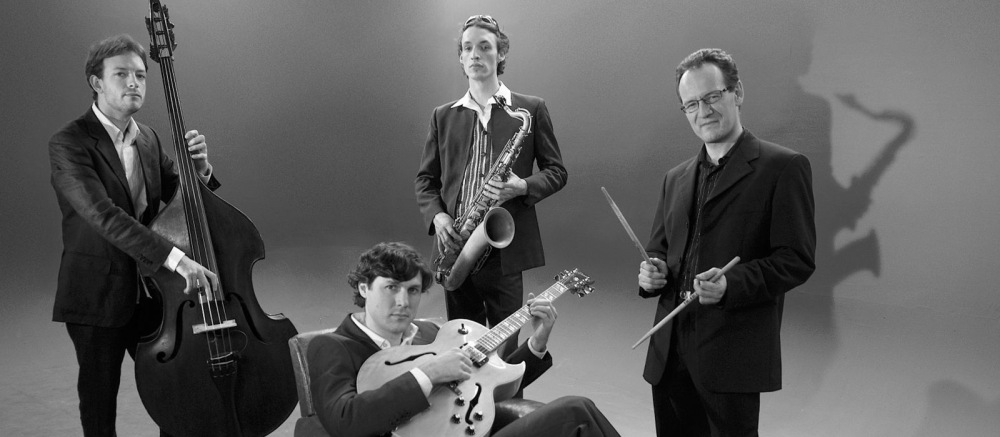
Right of priority and avant-garde organization
It seems highly difficult or even impossible to skip a step. You have to be in the know with regard to hierarchical organization in order to be capable of appreciating equality, and you have to have lived through the values of equality in the industry and trade era in order to appreciate the concept of otherness in the creation and communication era.
During the course of evolution, the highest performing individuals, companies or governments are the ones that anticipate, insofar as is possible, the next step.Thecreation and communication age has the double characteristic of using previous methods in a controlled, conscious and distanced manner, but also of making the use of former methods of functioning completely inefficient and obsolete.
The role given to the individual – the return of the individual and not of individualism – therefore appears to be essential, hence the importance given to developing personality and looking for meaning. Strongly developed personalities, linked to the creation and communication age, are very well informed and one step ahead. They are therefore the first ones to take off, as soon as a company or a product stops being avant-garde. Without these personalities, a company or a product will have a lot of trouble surviving in this post-industrial, information age.
To succeed in the environment of the creation and communication era, one has to constantly make sure he or she is presenting a valorizing space (editors’ note: see Talents want to be free), where all the human beings surrounding the company feel carried away toward the avant-garde of the development of human knowledge.
See B. Lemaire, “Des entreprises sans hiérarchie ?” (companies without a managerial structure?), Expansion Management Review, September 1994.
cf B. Lemaire, C. Nivoix, “Gagner dans l’incertain” (Winning in the context of incertainty), op. cit.
Classification of “customer segments” into four types is the classification used for the most part for the reengineering that is taking place at IBM (see B. Lemaire, C. Nivoix, “Gagner dans l’incertain” (earning in a context of uncertainty), op. cit.
This entry was posted in Innovation and tagged Innovation, inspiration, Entrepreneurship, Michel Saloff-Coste, creation and communication, networks, evolution, imagination, innovation ecosystems, aspiration, expression, creative strategy, difference. Bookmark the permalink.
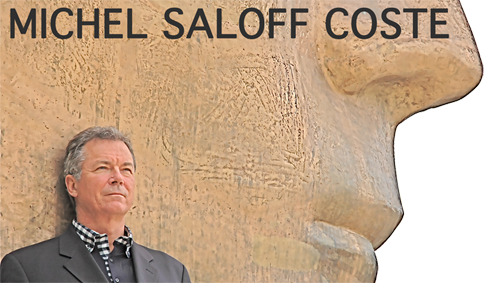
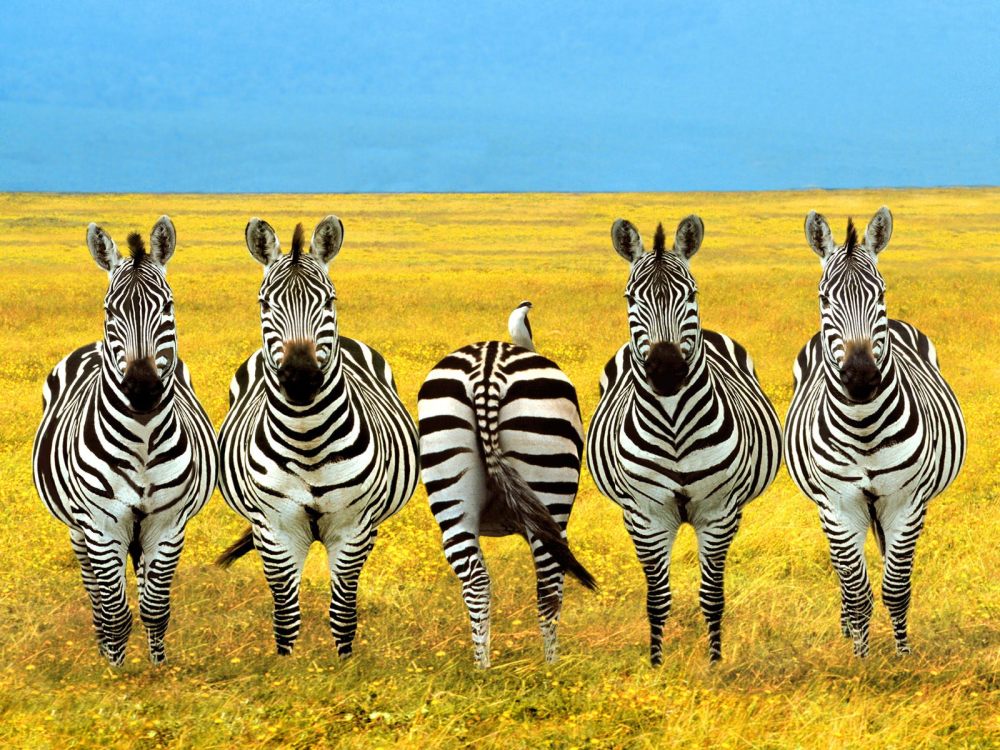
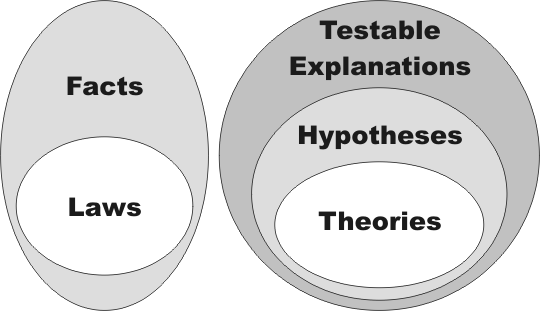

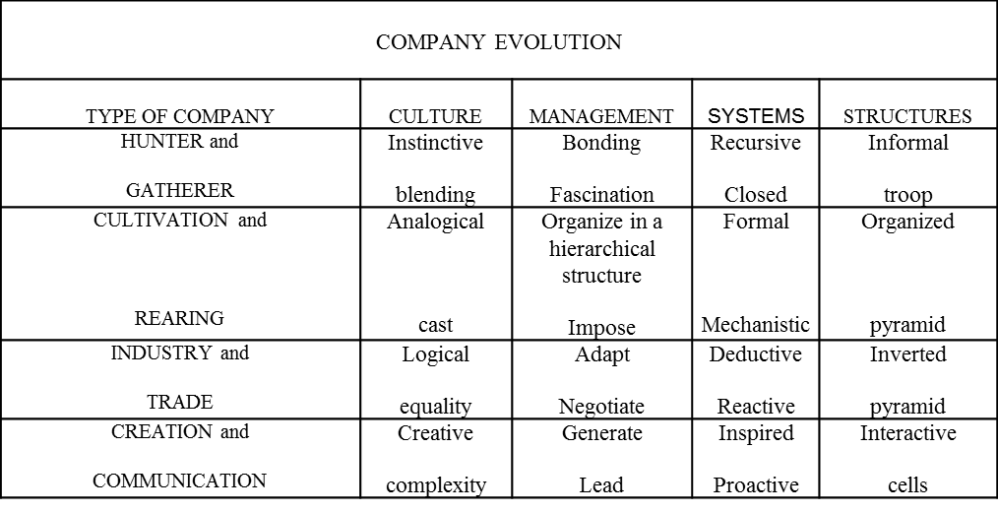


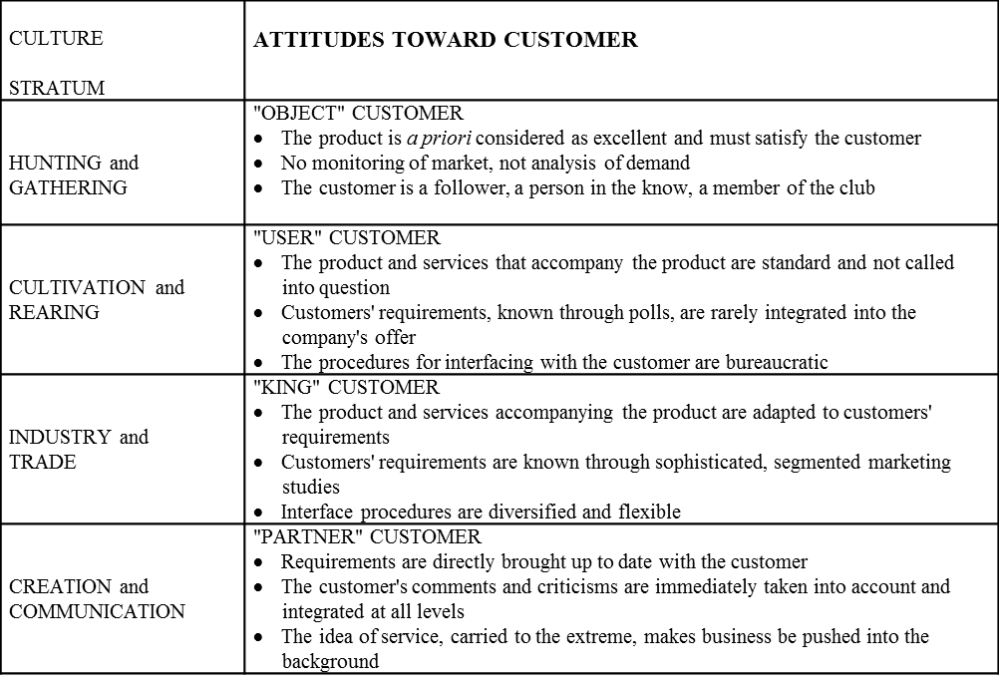
Aucun commentaire:
Enregistrer un commentaire